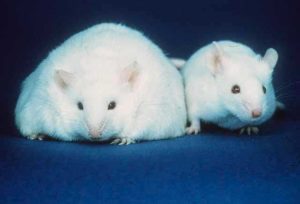With the COVID-19 pandemic far from over in the United States and worldwide, the battle against the disease continues to intensify. Much hope has been pinned on vaccine development. However, vaccines are a long-term, preventative strategy. The immediate need for drugs to fight COVID-19 has accelerated efforts for a variety of potential treatments (see The Race to Develop New Therapeutics Against Coronaviruses).
The Remdesivir Origin Story
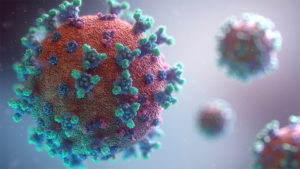
One drug that has received widespread attention is remdesivir. It was developed from research by Gilead Sciences that began in 2009, originally targeting hepatitis C virus (HCV) and respiratory syncytial virus (RSV) (1). At present, remdesivir is classified as an investigational new drug (IND) and has not been approved for therapeutic use anywhere in the world.
Continue reading “New Uses for Old Drugs: Remdesivir and COVID-19”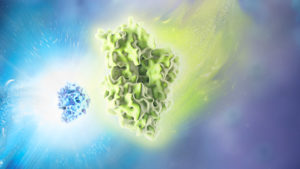
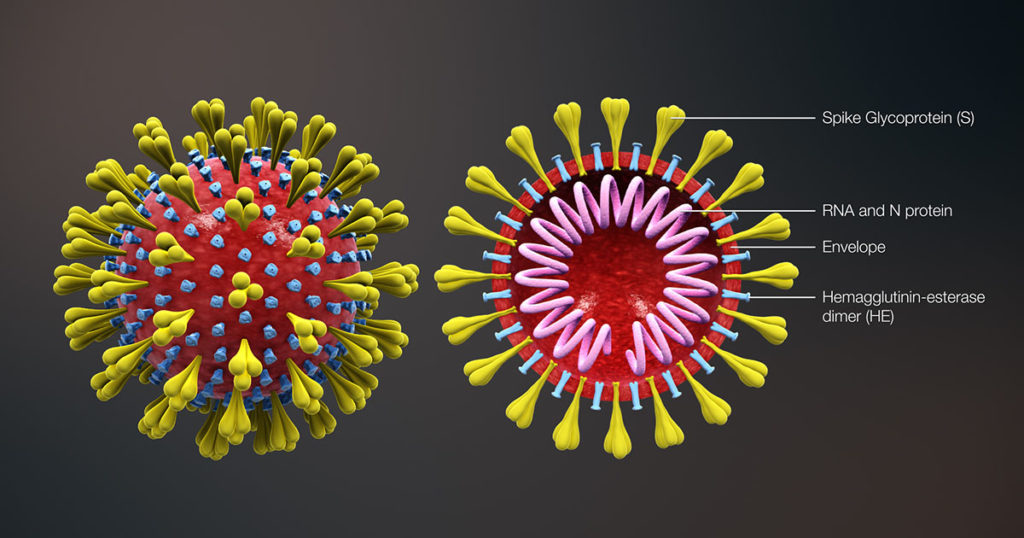
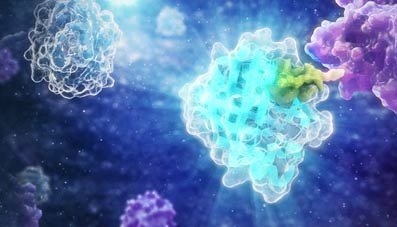


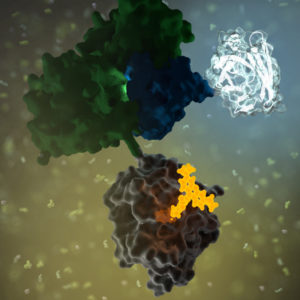 GPCRs
GPCRs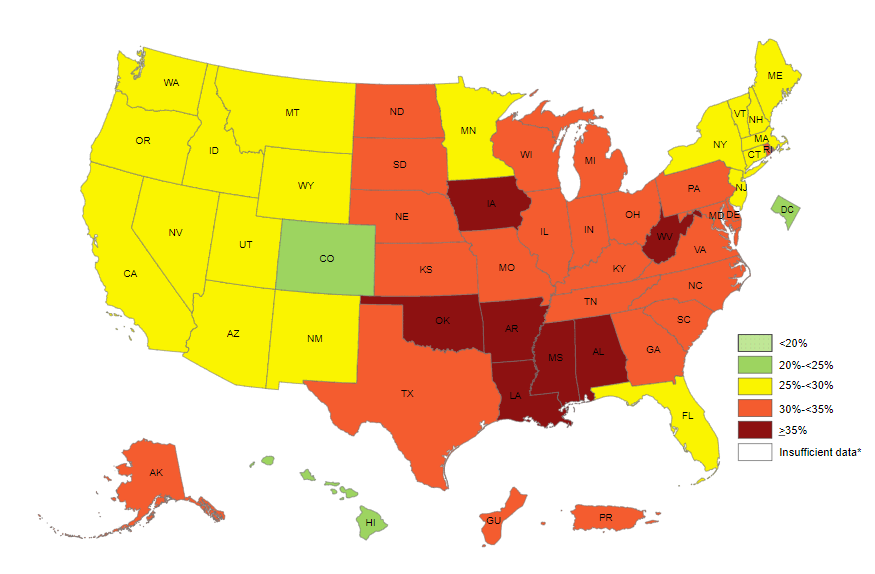
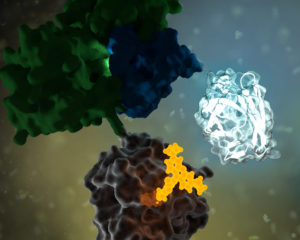 No protein is an island. Within a cell, protein-protein interactions (PPIs) are involved in highly regulated and specific pathways that control gene expression and cell signaling. The disruption of PPIs can lead to a variety of disease states, including cancer.
No protein is an island. Within a cell, protein-protein interactions (PPIs) are involved in highly regulated and specific pathways that control gene expression and cell signaling. The disruption of PPIs can lead to a variety of disease states, including cancer.